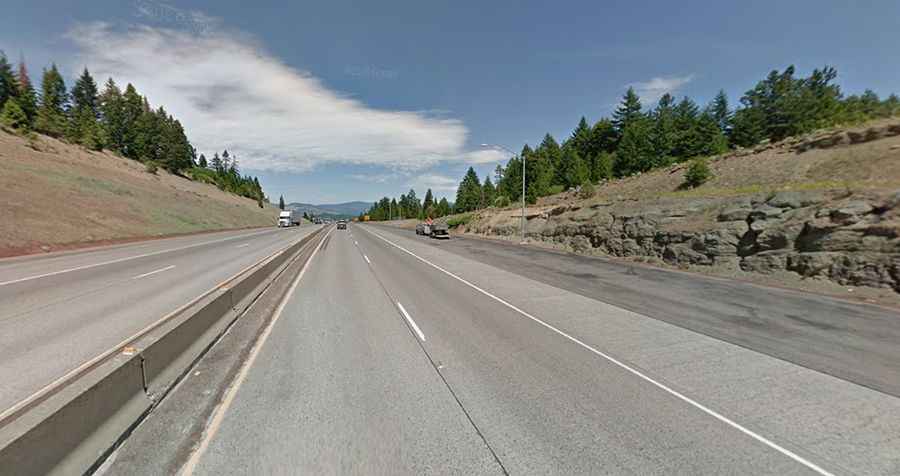Siskiyou Summit in Oregon is one of the more perilous sections of Interstate 5
Siskiyou Summit is a mountain pass at an elevation of 1,314m (4,310ft) above sea level, located in Jackson County, in the U.S. state of Oregon.

Where is Siskiyou Summit?
Set high in the Siskiyou Mountains, the pass, also known as Siskiyou Mtn. Summit or Siskiyou Pass, is located approximately 4 miles (6.4 km) north of the Californian border.
Is Siskiyou Summit paved?
The road through the summit is entirely paved. It’s called Interstate 5 (Pacific Highway). It’s the highest point on this road.
How long is Siskiyou Summit?
Located within the Cascade-Siskiyou National Monument, the road to the summit runs north-south from Medford, a city in Jackson County (in southern Oregon) to Yreka, the county seat of Siskiyou County (in California). It’s 82.23km (51.1 miles) long.
Is Siskiyou Summit challenging?
The road includes some steep sections. Depending on which way you're headed (north or south), the summit gains or loses 2,300 feet in altitude in just six miles on its 6 percent grades. The pass contains a hazardous stretch of the road starting from Milepost 18 of northbound I-5, which has a steep slope of 6%, negotiating a height of 2,000 feet (610 m) in a short road length of 6 miles (9.7 km). The descent along this highway is considered the most dangerous, particularly on foggy nights when visibility is almost next to nothing. In spite of the hazards involved, 13,000 trucks ply this route every day.
Is Siskiyou Summit closed?
Remember, this is a mountainous area. Altitude and extreme weather are always factors. Its proximity to the Pacific Ocean, combined with its high elevation and hazardous curves, bring brutal amounts of snowfall and freezing rain, which are known to force Oregon D.O.T. officials to shut down the entire highway on occasion during winter. Snow generally falls during the months of November through April. The road is typically closed to traffic for many days during winter due to severe weather conditions. At times, it can be closed during winter even when the weather is fine. During winter, reaching the summit can be a challenge due to snow and ice on the pavement. Avoid travel during the night and early morning hours in winter months. It is also recommended that drivers listen to updated weather information and road conditions on the radio before and during the entire journey through the pass